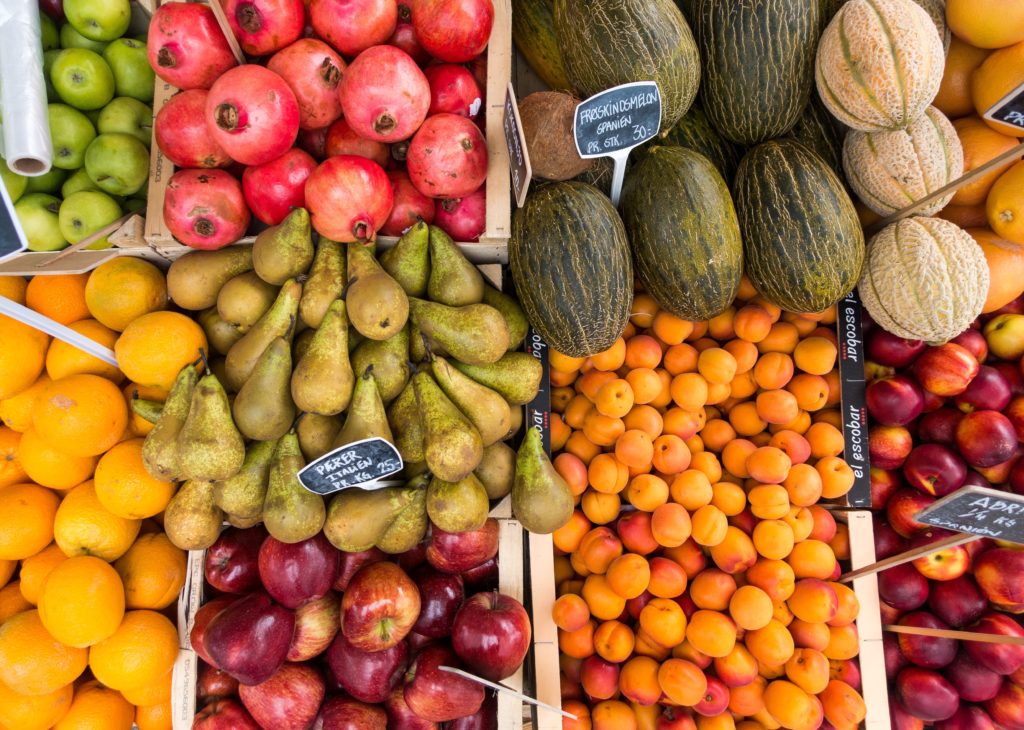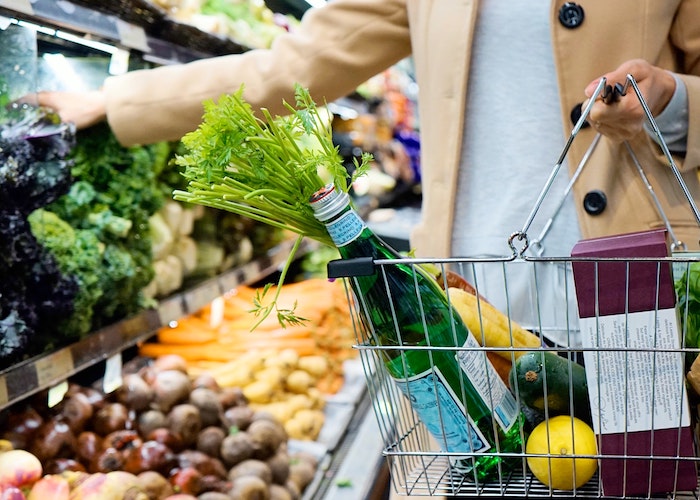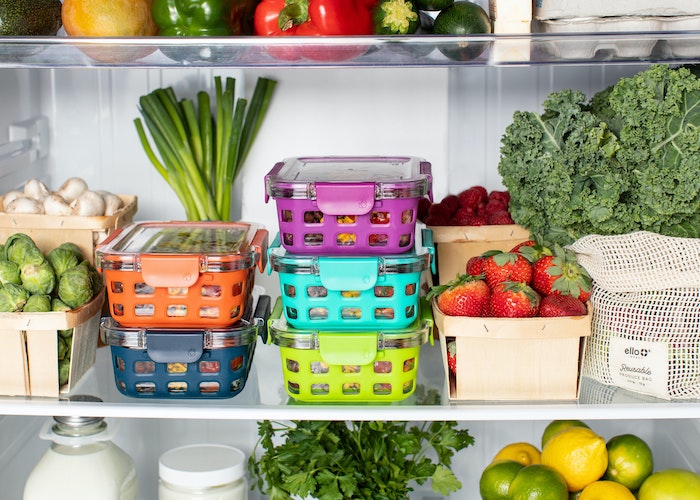Every Single Penny I’ve Spent On Groceries In 2019 So Far

In December of last year, I wrote about how I’ve given up on monitoring my dining out budget. In an effort to prove to myself (and maybe other TFDers) that I haven’t gone completely ‘round the bend with spending, today I want to talk about the other side of the food coin: groceries.
It’s just me and my husband at the old homestead, so our grocery bills have never reached the numbers a family of three or four sees. But over the last few years, I’ve definitely noticed that our spending was on an upward trajectory. I sort of blame it on our rising paychecks. Money was much tighter in our first few years of marriage, so we got in the habit of clipping coupons and buying only the basics. As we progressed in our careers, our spending got a little less controlled — we finally had money, so we didn’t have to worry about not having money. But these things have a way of snowballing, and in our case, that meant overspending on groceries.
It’s taken some time, but overall, we’ve lowered our monthly grocery spend by about $100. It’s not an earth-shattering amount, but think about it: $100 a month is $1,200 per year. Invest that money, put it toward debt, or even drop it into a high-interest savings account, and it’s well worth it.
Show me the money
Here are my grocery totals for 2019 so far:
- January: $217.96
- February: $204.47
- March: $220.78
- April: $230.32
- May: $238.45
- June: $228.03
- July: $87.19
Even when I consider that this doesn’t include just food (I grab things like air conditioning filters and toiletries at the store), I’m still surprised by our consistency: in our most expensive month, we only spent around $35 more than in our cheapest month. Meal planning is a big contributor to this consistency (more on that in a bit), but truly the biggest thing is awareness. “What gets measured, gets managed,” as the saying goes. I didn’t know how much we were spending until I started tracking it, and would never have been able to get it under control otherwise. Assuming our spend stays on track for July, we’ll spend about $270 less this month on groceries than we did in the same month last year.
How I save on groceries
So, how did we manage to cut our spending so drastically? There’s the standard stuff I’ve heard a million times but finally decided to start doing: don’t shop when you’re hungry, don’t buy stuff you know you won’t eat, don’t buy more than you can eat, etc. But that’s the low-hanging fruit, if you’ll pardon the pun. Here are four things I’ve done to reduce our grocery spend and make our food work smarter for us.
Meal planning
It kills me to say this, but meal planning has definitely had the biggest impact. Instead of throwing together a shopping list just before I head to the store — or worse, making up the list as I go — I take time the day before to plan out what we’re going to eat all week. We cycle through the same 10-12 recipes, which is probably what contributes to consistent spend from month to month. We’re just buying the same items over and over again, and prices don’t change much.
When we get bored of a particular recipe, I’ll rustle up a new one to try the next week. If it’s a success, I add it to the rotation.
Curbside pickup
I started my love affair with curbside grocery pickup earlier this year, and evangelize it to anyone who will listen. Ordering my groceries online helps me save money by:
- Buying store brands
- Making it easy to price compare
- Forcing me to stick to my list
As an added bonus, I can just roll up in my car and a lovely person will bring my purchases directly to me. No more plodding through a hot parking lot just to fight the crowds and stand in long lines. This would be worth it for my sanity, even if it was no benefit to my budget.
Going meatless
As a Southerner raised by Southerners, the idea of not having my “meat and two veg” for every meal borders on sacrilegious. But with chicken costing anywhere from $6 to $10 per package, ground turkey at $2-$3 per pound, and ground beef twice that, I’m willing to risk a little hellfire in exchange for a smaller bill. These seem like small numbers, but if you’re doing meat with every meal they add up insanely fast. Plus, some folks argue that meat is bad for the planet, so there’s that.
If the idea of skipping meat makes you sweat like a sinner in church, may I suggest dipping a toe in with Meatless Monday? There are thousands of vegetarian recipes available — Pinterest is my go-to — and your wallet will thank you.
Shopping where it makes sense
My dream of a one-stop grocery shopping experience is withering slowly on the vine. I should be able to get my chicken and asparagus in the same place, but if a frog had wings it wouldn’t bump its ass — and so I must make do. I’ve learned the hard way that my local big chain store just doesn’t have good produce. I can’t count the number of times I’ve opened up stuff I bought two days previous and found it slimy, stinky, or moldy.
Fortunately, I am surrounded by mom-and-pop shops, “healthy” chains like Sprouts, and a couple of big farmers’ markets. Even though this means I have to make multiple stops to get all my shopping done, the produce at these places is fresher and lasts longer — which means I don’t have to try and use it all up as quickly as possible, or throw it away when it turns to mush in two days.
Go forth and save — your way
As with every other piece of financial advice out there, one size doesn’t fit all. Maybe you live in a food desert and have few options; maybe life is just a little too crazy for meal planning right now; maybe going meatless isn’t an option for you.
If you do nothing else, start tracking your grocery spending. What are you buying, and how much does it cost? Do you enjoy what you buy? Do you eat it all? Answering these questions can help you figure out if you need to cut back, want to cut back, or keep doing what you’re doing. Happy eating!
Amy is trying her best to read every book ever written. She takes breaks from this endeavor to work, play video games with her husband, and obsess over to-do lists. Say hello on Twitter or Instagram.
Image via Unsplash
Like this story? Follow The Financial Diet on Facebook, Instagram, and Twitter for daily tips and inspiration, and sign up for our email newsletter here.




